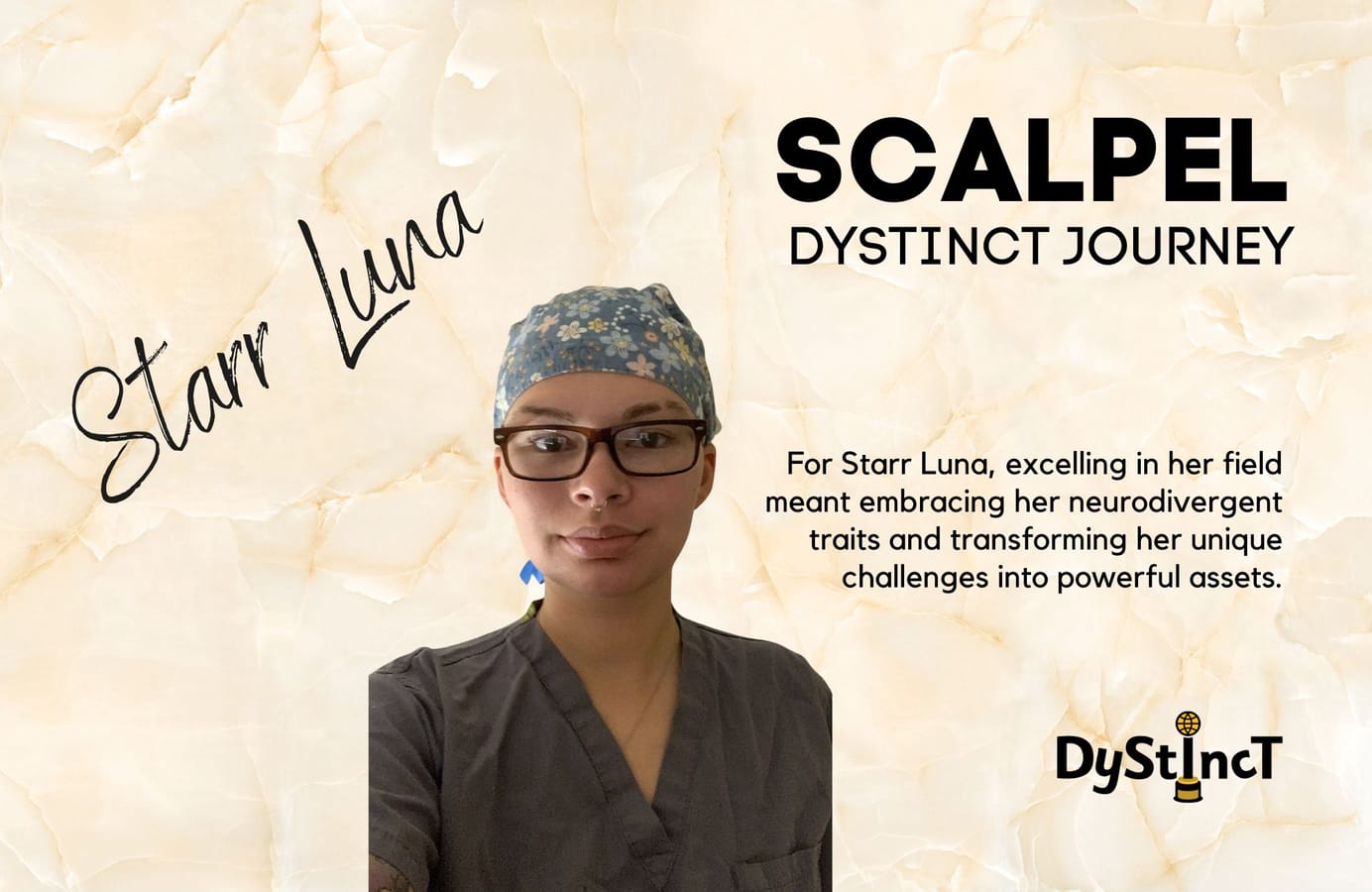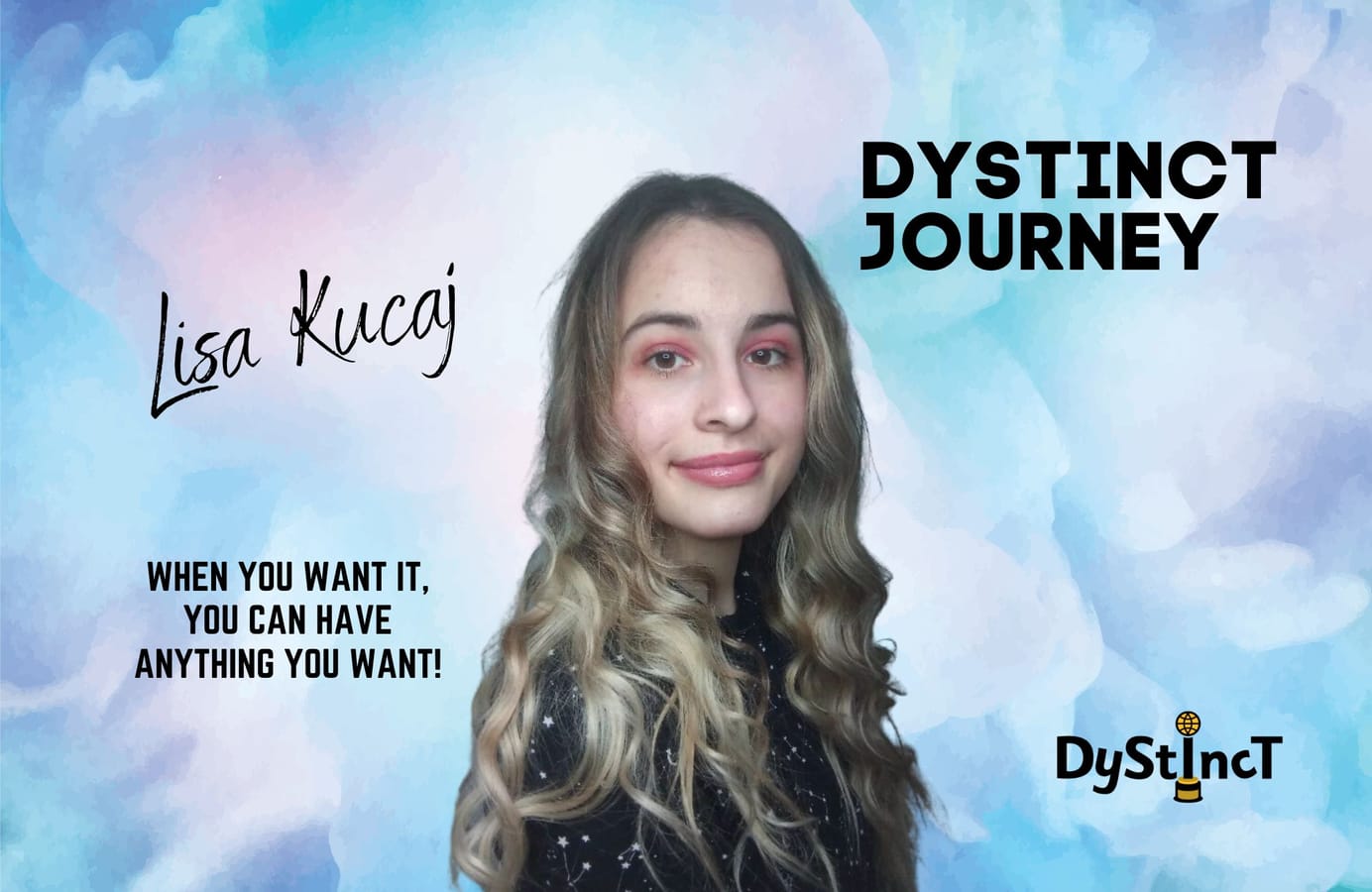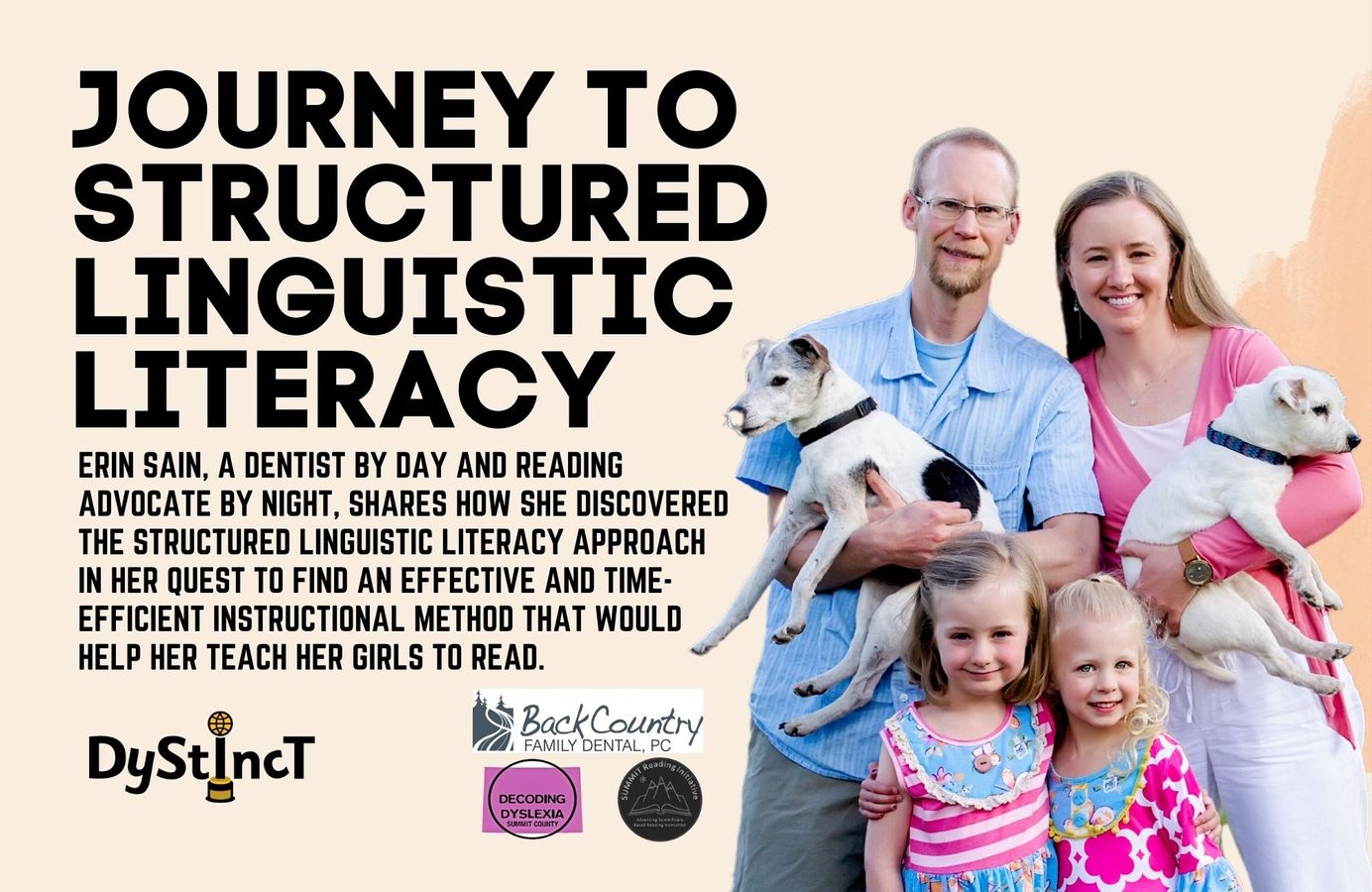
Issue 13: Journey to Structured Linguistic Literacy | Erin Sain
Erin Sain, a dentist by day and reading advocate by night, shares how she discovered the Structured Linguistic Literacy approach in her quest to find an effective and time-efficient instructional method that would help her teach her girls to read.
From the beginning, we started tutoring, and I set out on a journey to learn how to teach reading to my children. I purchased a highly recommended home school program and started the long journey of nightly reading instruction. Over several years, we trudged through hours of nightly instruction, learning phonics rules and exceptions to rules. We went through the motions, but progress was slow.
After completing a comprehensive neuropsychological evaluation, recommendations included transitioning away from our homeschool program to Lindamood Bell, a speech-first approach. In my search for a better program to use at home, I came across an approach called Structured Linguistic Literacy. I asked many experts what it was and how Structured Linguistic Literacy was different from traditional phonics programs. Nobody could give me a definitive answer as to how these programs were different from traditional phonics. I continued learning about Structured Linguistic Literacy programs and attended webinars to learn more. In all honesty, I was skeptical.
It was not until I watched several of Dr Mark Seidenberg's reading webinars that I started questioning what I had known as the gold standard of reading instruction. He discussed that reading is not best learned through explicit instruction of every phonics rule and exception to the rule but by providing a delicate balance of explicit instruction while allowing the brain's natural pattern-seeking, self-teaching machinery to predominate. Around the same time, Dr Kearn's research had just come out, revealing the unreliability of syllable division rules. Dr Kearns appeared on one of Dr Seidenberg's webinars, explaining his current research and revealed that instructional time spent on syllable division rules might be inefficient and teaching students methods that are more flexible may prove more efficient.
I slowly but surely began to realize that the way I was going about teaching reading was extremely inefficient. After all, if I couldn't keep track of all the rules and exceptions to the rules in my own head, how could my children make sense of all this information while simultaneously applying it to reading and spelling? All this led me to revisit the Structured Linguistic Literacy approach.
At the beginning of 2021, I officially began my Structured Linguistic Literacy journey, cautiously optimistic that this approach would yield better results than in years past. After completing my training, I quickly came to appreciate the efficiency and integrated nature of the approach.
Phonemic awareness, encoding, decoding, phonics, fluency, handwriting, vocabulary and comprehension - all tightly interwoven!
Every ounce of instructional time utilized!
Skills integrated, not isolated, and instruction within the context of words!
With every passing lesson, my children started to unscramble the phonics salad that obscured the code. We began to explicitly and systematically build a mental scaffold by which to organize the code, carefully assembling a mental filing cabinet to store the English code from which it could be easily retrieved. Our nightly lessons became more enjoyable, and the fruits of our labor were beginning to pay off.
The Structured Linguistic Literacy instructional approach is simple but brilliant in its orientation from sounds to the print that represents those sounds. It frees up cognitive space for the other important aspects of literacy instruction, but most importantly, it harnesses the brain's natural ability to recognize order in a seemingly chaotic system. At first glance, Structured Linguistic Literacy may seem unconventional, but I encourage everyone to consider this approach with an open mind and as a viable option in alignment with how the brain most efficiently becomes literate.
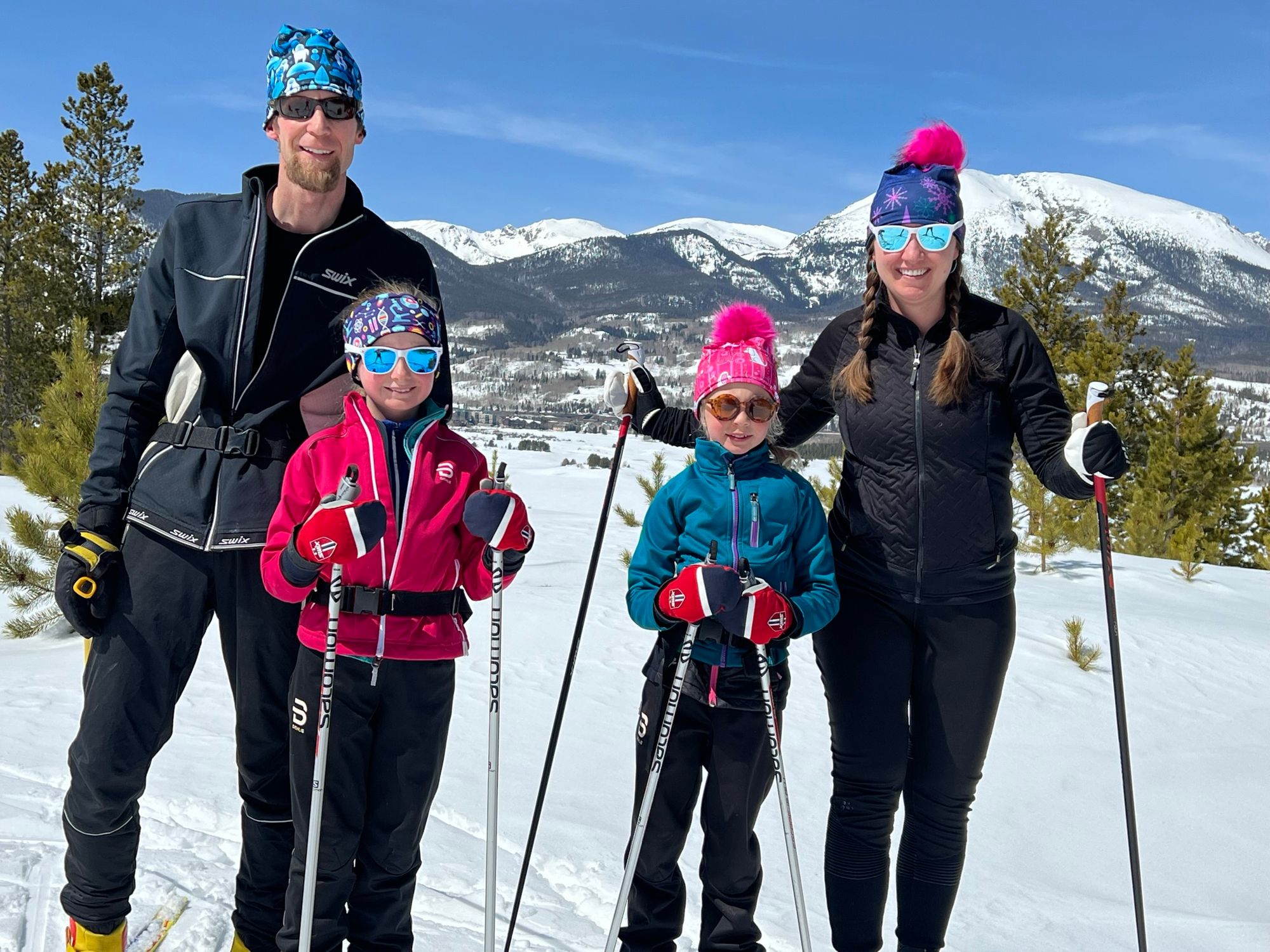

Erin Sain
Dentist, Tutor, Reading Advocate
BackCountryDental.com
Summit Reading Initiative | Decoding Dyslexia Summit County
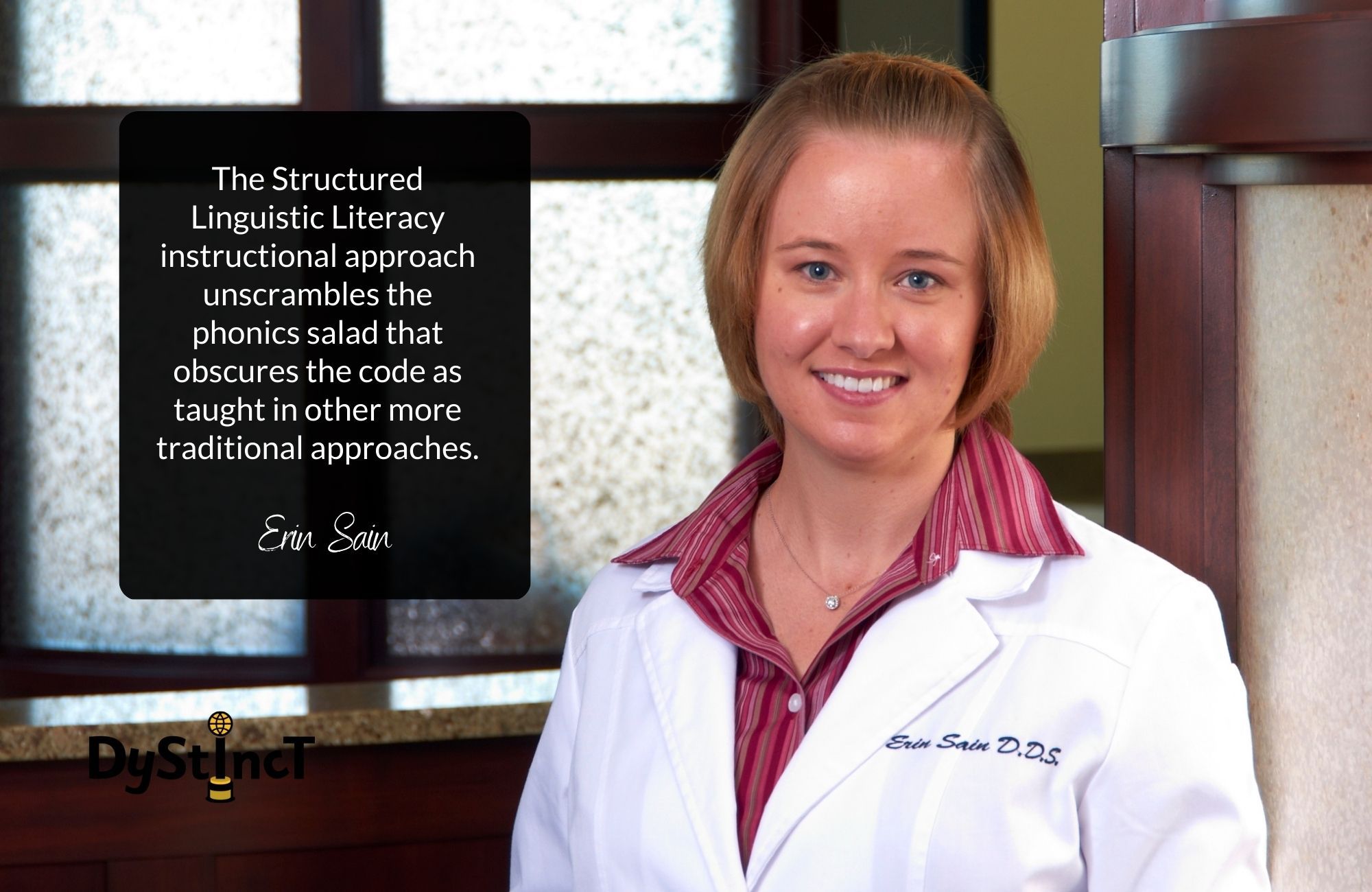
Erin Sain is a wife, mom, dentist, tutor and reading advocate.
Dentist by day and reading advocate by night.
Principal dentist at Backcountry Family Dental, Silverthorne, CO.
Leader at the Summit Reading Initiative, Decoding Dyslexia Summit County, and COKID member.
In her spare time, you will find Dr Sain tutoring students, teaching her children to read, advocating for better literacy practices at the local and state level, or having fun on the ski and bike trails in the mountains of Summit County, Colorado.
Extracts from Dystinct Magazine









